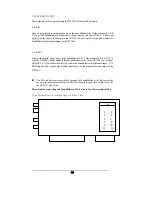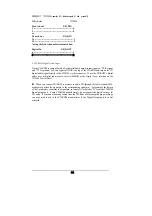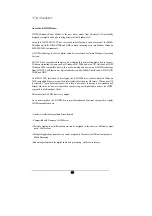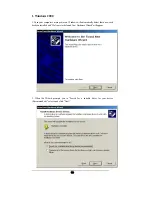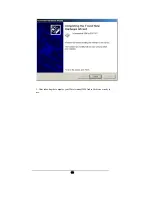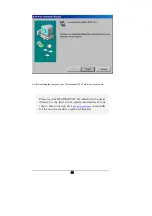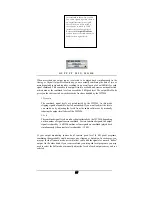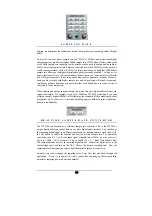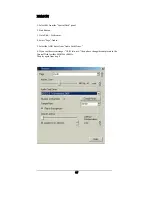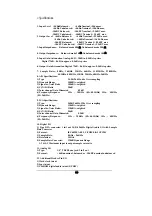
27
O U T P U T M I X M O D E
When more than one output source is selected to be played back simultaneously in the
Analog
or
Digital Output Mix Monitoring
, you are actually combining the data of two or
more digital audio signals together, resulting in an overall gain of about 6dB/bit for each
signal combined. This can cause the output circuit to overload and create a noticeable click
or distortion as the combined level can exceed the 0 dB peak level. The output Mix Mode
gives you the choice as to how such excessive levels are handled by the WT2496.
1. Dynamic
The combined signal levels are not adjusted by the WT2946. In this mode
clipping signals are audible, but left untouched. If you want to adjust the levels,
you can do so by adjusting the levels from the audio software or by manually
reducing the output level faders of the WT2496.
2. Soft
The combined signal levels are reduced automatically by the WT2496, depending
on the number of signal sources combined. For two combined signals, the output
signal is reduced by –6 dB. When three or four signals are combined (played back
simultaneously), the output level is reduced by –12 dB.
If your output monitoring sources don’t contain peak level (0 dB peak) programs,
combining them probably would not cause any clipping or distortion. In such cases, you
may opt for the Dynamic mode, as it will allow you to add the signals for a much “hotter”
output. On the other hand, if your sources already contain peak level programs, you may
need to select the Soft mode or manually adjust the levels of each output source you have
selected.
Just remember that when you add
two audio signals together, there is
an overall increase in the signal
level. When you select all four,
there can be as much as 12 dB
increase in overall output level.
Refer to the
Output Mix Mode
section for more details on how to
handle mixed signal levels.

